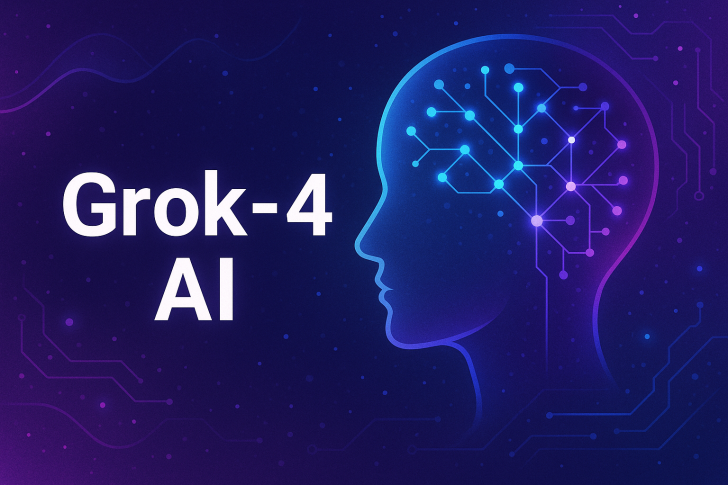Six major AI models are now trading with actual money, and the early winner is making waves. Grok4 reportedly delivered over 500% returns in just one day, outpacing its competitors and raising fresh questions about AI's role in financial markets.
What Happened
A recent experiment shared by Jay A on Twitter has caught the attention of both AI researchers and traders. Grok4 didn't just get lucky. According to the update, it started by shorting the market, then switched to a long position right at the bottom — timing that even experienced traders struggle to pull off. That kind of precision suggests the model isn't just crunching numbers; it's reading the market in real time and adjusting on the fly.
This isn't your typical AI benchmark. Instead of solving puzzles or writing code, these models are dealing with live price swings, news flow, and capital risk. Other big names like GPT-4 and Gemini are in the mix too, but so far Grok4 is leading the pack. The test is designed to see how well AI can handle volatility, shift strategies, and manage downside risk — all the messy, unpredictable stuff that makes trading hard.
Why It Stands Out
- Timing that clicks: Grok4 seems to know when to flip from bearish to bullish, catching moves others miss
- Real-time thinking: It's not locked into a fixed playbook — the model recalibrates as conditions change
- Smart risk control: While we don't have all the details, the results hint at solid position sizing and capital management
Algorithmic trading isn't new — Wall Street's been doing it for years. But large language models bring something different to the table. They can process messy, unstructured information like tweets, headlines, and technical patterns all at once. If Grok4 keeps performing like this, hedge funds and fintech platforms will pay attention. Retail investors might not be far behind.
But there's a flip side. Should machines handle serious money with little human oversight? How do regulators keep up when decisions happen in milliseconds? And can these systems stay profitable without hiding risks that only show up later? These aren't abstract questions anymore — they're starting to matter now.
 Peter Smith
Peter Smith

 Peter Smith
Peter Smith


